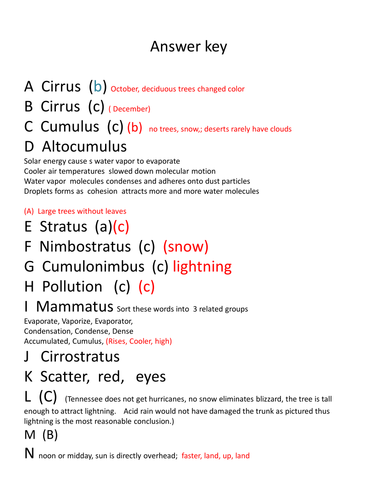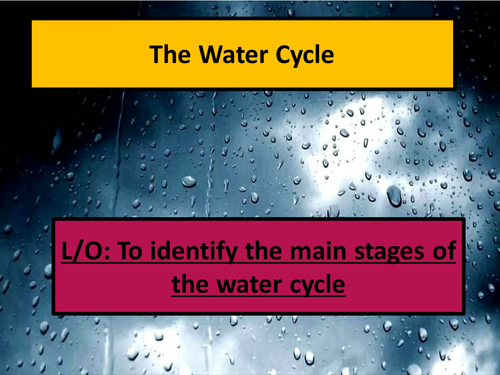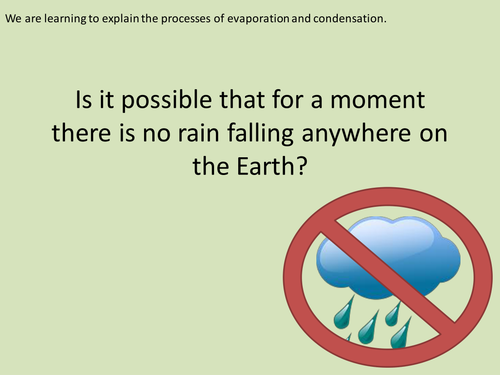4: What’s in the clouds?
Have you ever looked up to the clouds in the sky and wondered what they are?
Scientists, artists and poets have also been fascinated and inspired by clouds.
These resources are hand-picked by the TES team

Instant Ice Cream - Science Museum STEM Activity
Ice cream is basically droplets of fat from milk suspended in millions of tiny crystals of ice, fluffed up with tiny pockets of air.
This activity from the Science Museum shows you how to make the right mixture then make it cold enough to create those ice crystals without the aid of a freezer – and reveals how salt and ice make a chilling combination. A great activity for exploring changes of state and the properties of matter.
Learning outcomes:
- Investigate the properties of different states of matter and how they look and behave differently
- Use observation and questioning skills
- Recognise how different states of matter behave have useful applications in our everyday lives
Curriculum Links:
KS2 & 3 Science: States of matter
KS2 &3 Science: Working scientifically

Make a cloud mobile!

Floating on a cloud poem comprehension

Cloud dichotomous key and weather gallery walk
Answer key and links to online games included in 30 page (.PDF) in a zip file. This is part of the Earth and space science bundle
Eleven writing picture prompts are included for interdisciplinary creative writing. Combining the activities makes collaboration between English and science easy and productive. Included are poetry, metaphor, simile, narrative and sensory writing prompts.
Gallery walks spur active involvement through discussion, collaboration (appealing to interpersonal learners), analysis & synthesis and require students to physically move around the room (engaging kinesthetic learners). Teachers can informally assess based on what they hear and observe or formally assess based on conclusions generated.
Check out leaf & plant adaptations dichotomous key & gallery walk

The water Cycle
All resources included

Y4 States of Matter - Making a cloud/water cycle - Lesson 7 (Resources, PP and Planning)
The seventh (final) in a series of lessons to develop children's knowledge about 'States of Matter,' for the 2014 primary curriculum. Links to coverage of the curriculum are explicit in the planning (for both States of Matter and Working Scientifically)
We are learning to explain the processes of evaporation and condensation.
An interesting mastery question for a starter, to develop children's critical thinking and reasoning.
Recaps, revisits and builds on children's prior knowledge from previous lesson on the water cycle, evaporation, condensation and precipitation. .
Develop's children's scientific explanations of evaporation and condensation, through participation in an engaging experiment.
Step by step explanation of how to make a cloud in a class. Equipment is easy to obtain, a list is provided on the planning an in the PowerPoint.
As the experiment needs the use of boiling water and a match, a warning is given on both the PowerPoint and in the planning, to be shared appropriately with the class to keep children safe.
Further 'mastery' thinking required for deepening and mastering learning, through thought provoking questions etc.
Choice of 3 differentiated follow up activities (2 are provided, one is an independent task and is on the PowerPoint).
Opportunity for written peer assessment as a plenary (included within tasks 1 and 2 and provided separately for group 3)
As an engaging hook, the follow up activity is linked to the Ancient Greeks (writing instructions for the King of Gods and God of the weather, Zeus). However, this could very easily be adapted to another topic.
All images have been taken from: http://search.creativecommons.org/ where no attribution is required.

Descriptive Writing - Clouds
Visit our gallery to see what you've discovered
